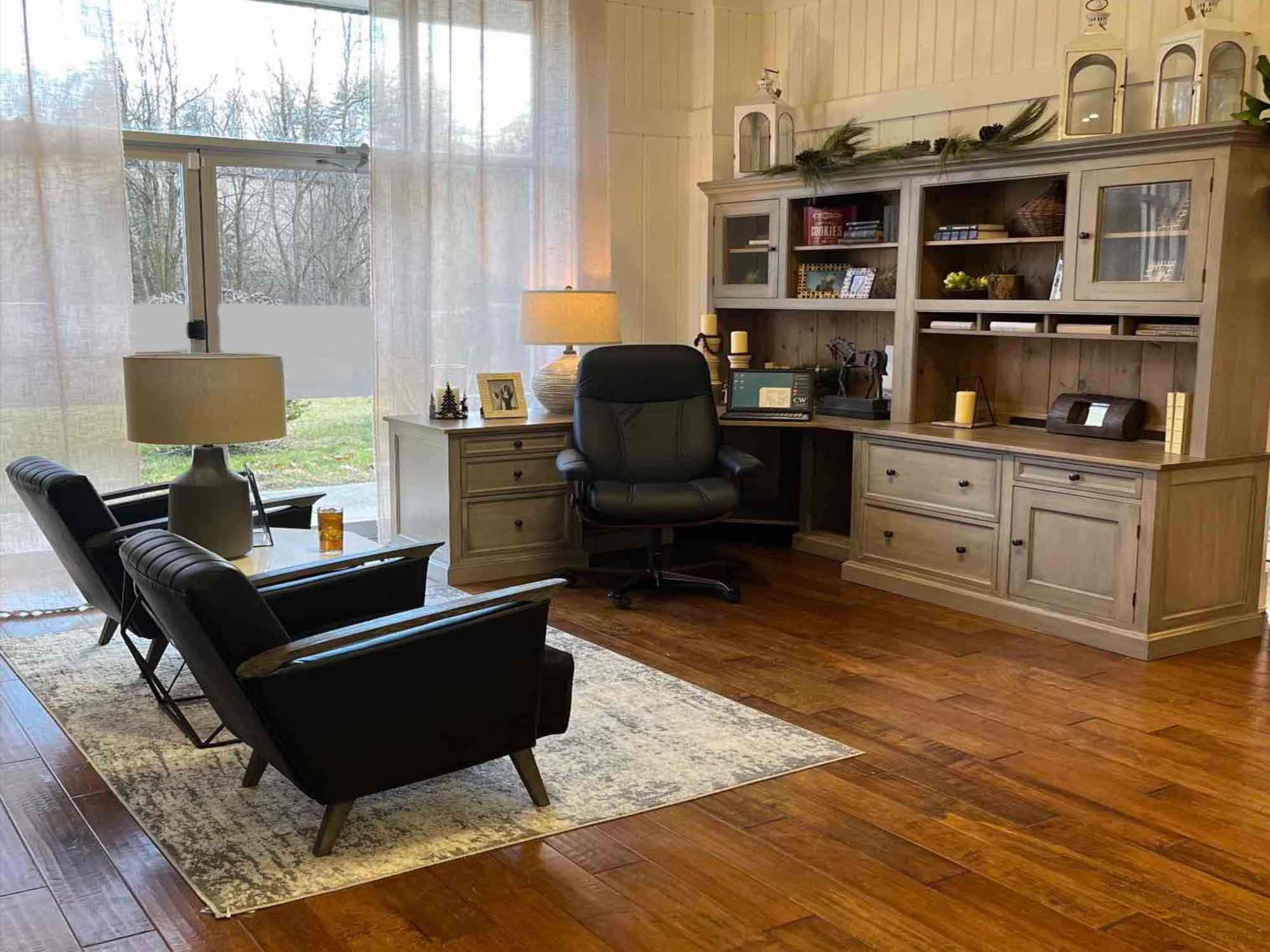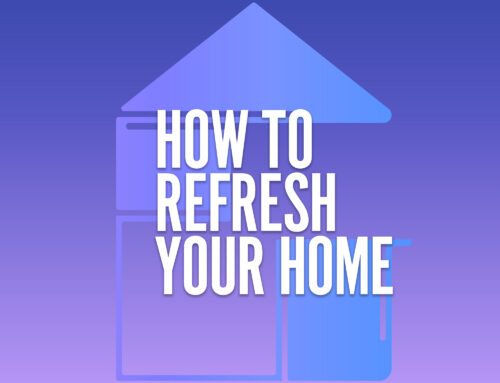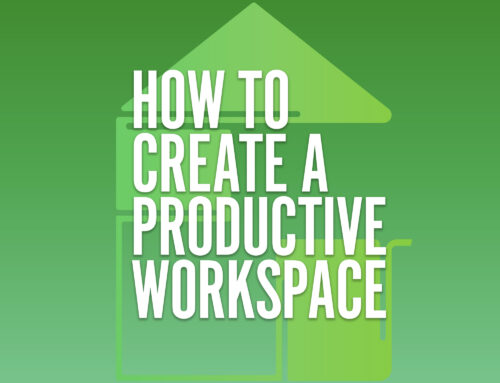The economy and current events heavily influence our homes. We can thank the end of the 1918 flu pandemic and World War I for the glitz and glamour of the 1920s. The stark modernism of the 1930s is due to the Great Depression and the beginning of World War II. The rebelliousness of the 1960s brought bold, youthful colors and individualism to the home. The excess in the 1980s lead to minimalism in the 1990s. You get the point.
So, what about the 2020s? What home trends are happening due to the pandemic, especially in our area? We spoke to interior designers, realtors and even landscapers, and they all had something different to say. But when we took a step back, we were able to see one major similarity: homeowners are optimizing their spaces.
“When COVID-19 hit, people made accommodations to their homes based on what they needed,” says Rita Carrozza, a realtor at Houlihan Lawrence in Katonah. “Some converted their extra bedroom into a home office with a door so they have privacy for Zoom calls, while others reconfigured rooms or built an addition to accommodate their family’s new lifestyle.”

Relaxing Formal Rooms
Gone is the “beautiful to look at” furniture in formal living and dining rooms, and in its place are the “comfortable to sit on/at” pieces. Rooms that were previously used only for special occasions are now rooms that everyone can enjoy daily.
“Over the past few years, a lot more customers have purchased sectionals for their family and living rooms versus the recent past,” says Andrea Gottschall, an interior designer at Country Willow. “When the pandemic began, people realized their furniture may not have been as comfortable as they thought, and because they were spending all their time at home, they wanted bigger, cozier seating so everyone could sit together.”
Gottschall says she’s noticed the same trend with tables. Instead of narrow, elegant dining tables, customers now request larger tables so more people can comfortably spend time together eating and relaxing. Even hard-edged coffee tables are being replaced with soft ottomans that “relax the room.”

The New Home Office
During the pandemic, one of the most used rooms in our homes became the home office. Homeowners without a pre-existing home office found ways to turn bedrooms, dining rooms or even closets into offices. And many found themselves creating a second, third and even fourth office space to accommodate every family member’s work/learn-at-home needs. Our home offices are here to stay, and now, whether they’re old or new, our offices are getting makeovers.
“People are choosing comfort and personalization,” says Gottschall. “They aren’t in a rush to get back to their corporate office, and as they spend more time working in their home office, they need a comfortable desk and chair. But they also want the room to be inviting – they want to enjoy their office and not dread going into that room each morning.”
While personalization is different for everyone, there are some overall trends beginning to form. Men and women are adding sofas or large, comfortable chairs they can relax in to think, read a document, take a power nap or even entertain. They’re adding lamps you’d typically see in a living room, accessorizing with decorative items and art, buying more storage cabinets, and painting the walls soft, soothing colors or installing patterned wallpaper on one or all walls – Gottschall says she had one client who used a very subtle wallpaper on the ceiling because it made her happy.
And some people are taking over other rooms, creating office suites or completely separate spaces, according to Compass realtor Kathleen Usherwood who serves the Bedford area.
“People are also putting all kind of amenities in their office,” she says. “It could be anything from a little coffee bar, a reading nook or a space for meditation.”
According to Jenn Cipriano of Copia Home & Garden in South Salem, they’re also purchasing plants that purify the air, such as spider plants, Sansevieria, Chinese evergreens and ferns. And some are also adding small trees, like olive or citrus.
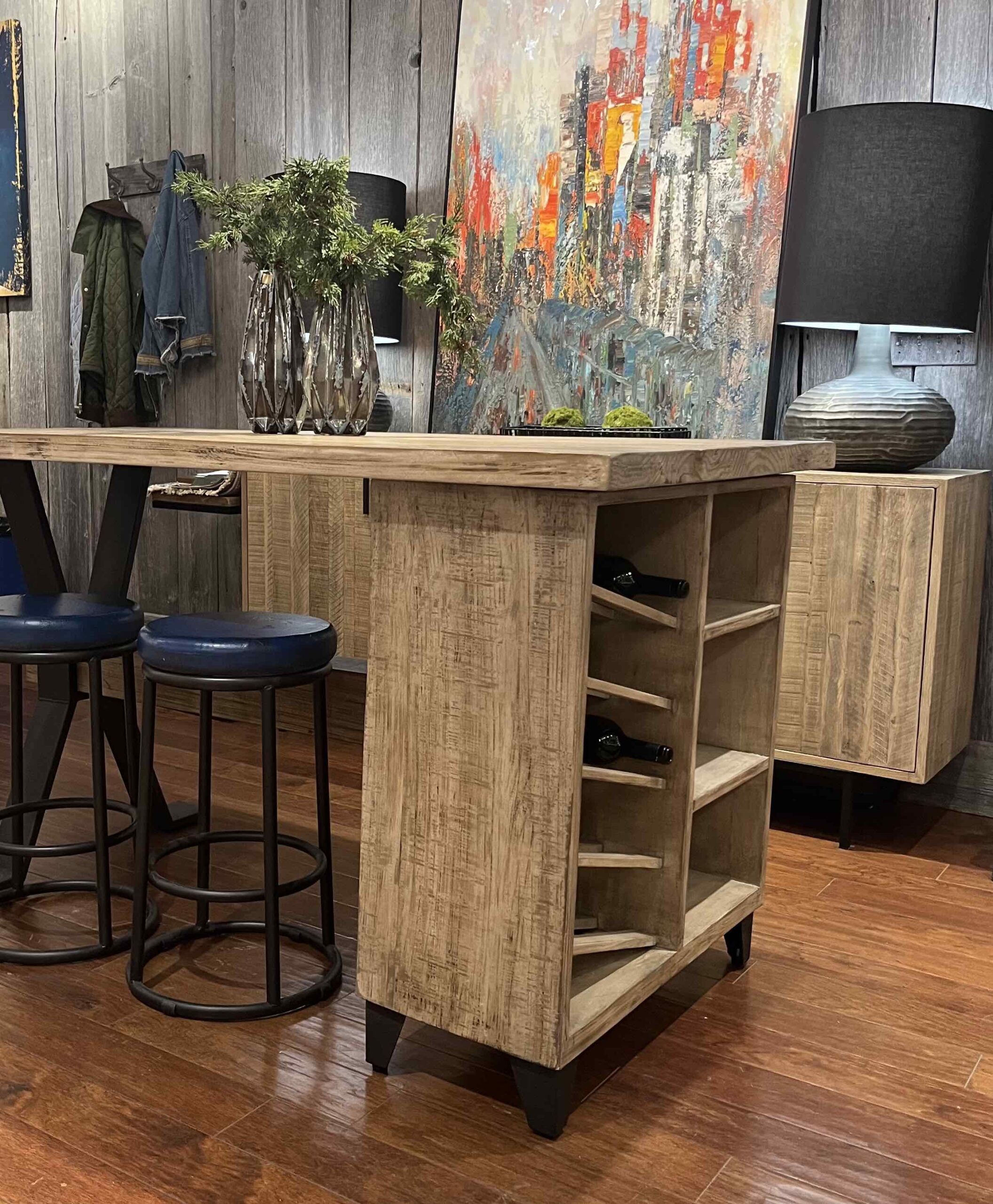
Creating Flexible Spaces
According to Usherwood, “flexi-spaces,” as she calls them, began in the workplace several years before the pandemic, and they finally made the leap to our homes when most people were forced to work from home daily. People began using their whole house as an office during the day, and transitioning it to serve other purposes at night or on the weekends.
“It gets really boring for people who are living and working in their homes to be in the same space all day,” says Usherwood. “I see more and more flexi-spaces happening throughout the home. They may call it the office or the library or the gym, but it’s a space that can transition in a heartbeat. It can be an office by day and easily transition to a place to hang out and have a glass of wine with friends in the evening.”
Carrozza says that the open-floor concept has continued to remain a big trend, especially among younger buyers who want to keep an eye on their kids in another room.
“With young children, visibility is key,” she says. “So parents are making spaces where they can work during the day and entertain in that same area in the evening.”
“This is how people are living these days,” Usherwood adds. “We’re still sleeping in the bedroom, but we’re doing everything else everywhere else. The eating, the working, the reclining, the watching television – that’s all moving around.”
Meet the Three-Season Room
Because we’re moving around our homes so much, we need more space. Whether it’s a porch or patio, homeowners are turning their least-used space into a room they can enjoy at least three seasons of the year.
“This is not your grandma’s screened-in porch,” says Usherwood. “These rooms are designed to feel like you’re outside, featuring large floor-to-ceiling windows, a fireplace or radiant floor heating and comfortable seating. Some have small refrigerators or a little wet bar. They’re intimate living spaces where you can enjoy your morning coffee, sip a glass of wine or even work.”
Usherwood says three-season rooms are just beginning to pop up around here, and she predicts that we’ll see more and more in the coming years.
“I predict that, during the next decade, we’ll see more three-season, and even four-season, rooms where you can open all the windows on a nice day and feel as though you’re outside, but you’re still able to plug in,” she says. “And even when the windows are shut, you’ll still feel like you’re out in nature. It’s a real trend that came out of the pandemic.”
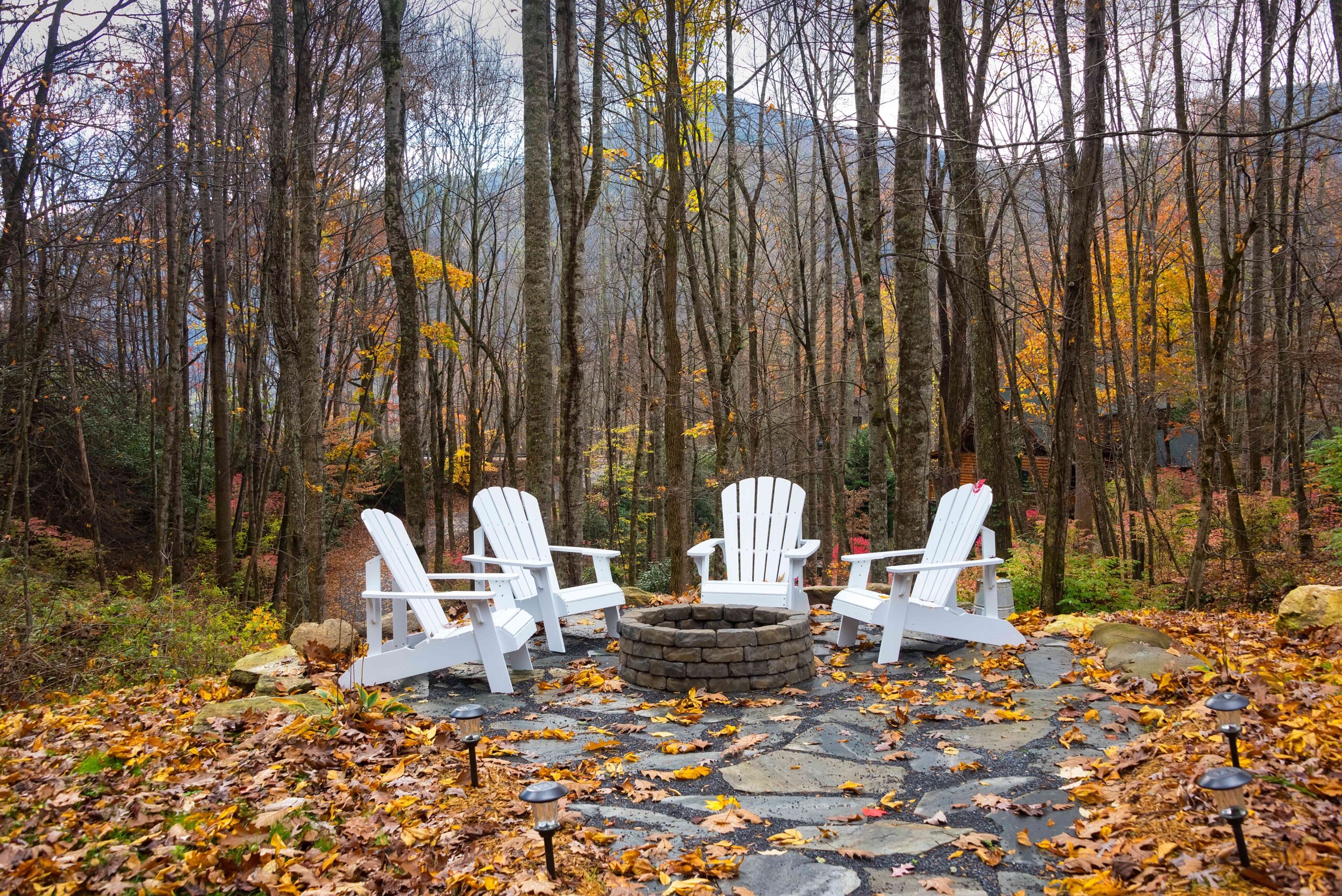
Transforming the Outdoors
And finally, there’s the backyard, which is also experiencing a transformative moment – and possibly the most unique of all. Some are installing outdoor kitchens, complete with built-in grills, sinks and pizza ovens. Others are creating a more relaxed environment with a fire pit (built-in or not) and higher-end furniture. And some are building athletic areas; pickle ball courts are rising in popularity throughout our towns.
But one common theme is what they’re doing, or not doing, with the remaining grassy areas. Many of our neighbors are focused on finding native and low-maintenance alternatives to a large, grassy lawn.
“People are adding more clover to their grass because clover requires minimal input,” says Cipriano of Copia Home & Garden. “Clover used to come in grass seed mixes years ago, but it fell out of favor because of the bees – people were afraid of getting stung. But clovers don’t require a lot of mowing and they put nitrogen back in the soil. They’re also creating “no mow” areas in the parts of their yard they don’t use very often. They’ll let certain types of grasses grow and only mow them once in late winter and once in early spring. These areas are supportive of the local flora and fauna, harbor beneficial insects and are environmentally friendly.”
Another environmentally beneficial change that’s trending is planting native shrubs, which do require some maintenance, and larger trees, like oaks.
“Trees and shrubs are so supportive of the environment,” Cipriano explains. “They’re beneficial to insects, animals, birds, everything – it’s been a huge trend.”
While our experts seem to believe that this home optimization trend will continue, we wondered if it’ll make our homes more difficult to sell in the future? Is a wallpapered ceiling be a selling point or a distraction?
“In our area, buyers are looking for the community, and when they find one they really like, there’s some flexibility in what type of house they buy,” says Carrozza with Houlihan Lawrence.
In other words, if you’ve been hesitant to customize your home because “breaking the rules” might prevent a future sale, don’t let that hold you back. Replace the formal dining room with whatever works for you, build create a transformative space you enjoy, build a three-season room or install that pickle ball court. Make your home work for you…everyone else is doing it.
This article was published in the January/February 2023 print edition of Katonah Connect.
Gia Miller is an award-winning journalist and the editor-in-chief/co-publisher of Connect to Northern Westchester. She has a magazine journalism degree (yes, that's a real thing) from the University of Georgia and has written for countless national publications, ranging from SELF to The Washington Post. Gia desperately wishes schools still taught grammar. Also, she wants everyone to know they can delete the word "that" from about 90% of their sentences, and there's no such thing as "first annual." When she's not running her media empire, Gia enjoys spending quality time with friends and family, laughing at her crazy dog and listening to a good podcast. She thanks multiple alarms, fermented grapes and her amazing husband for helping her get through each day. Her love languages are food and humor.


